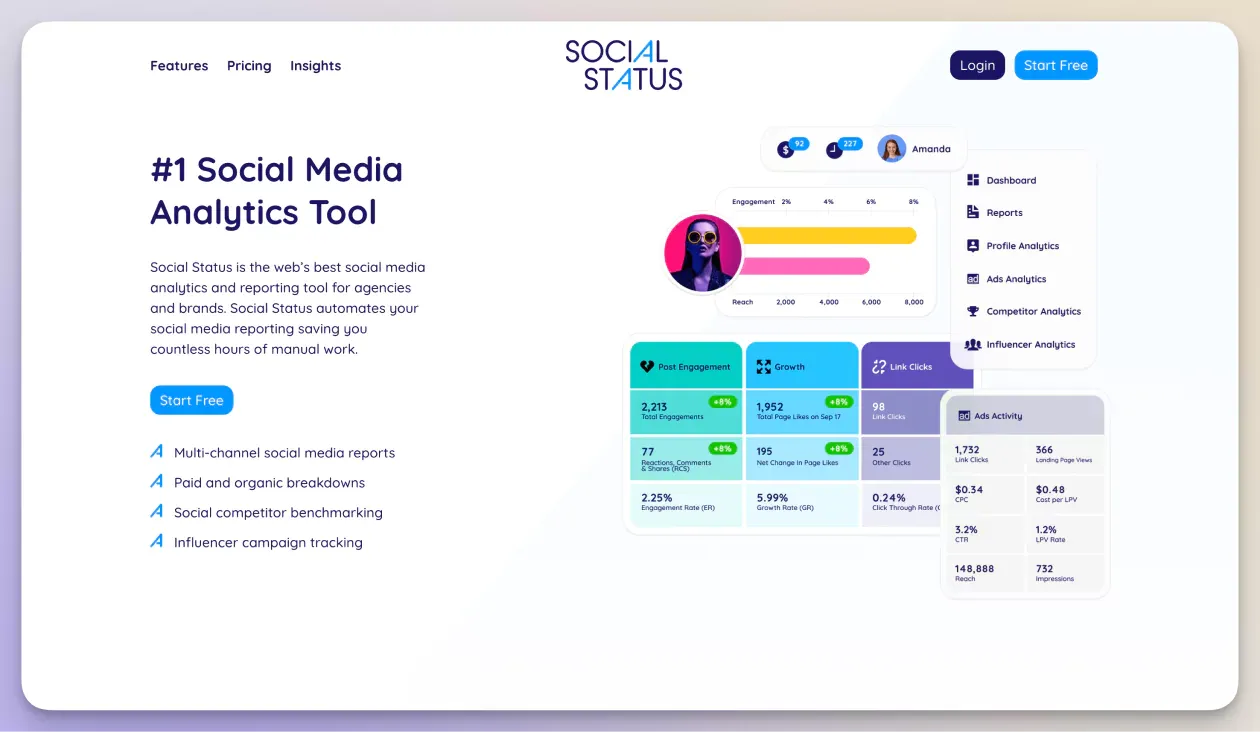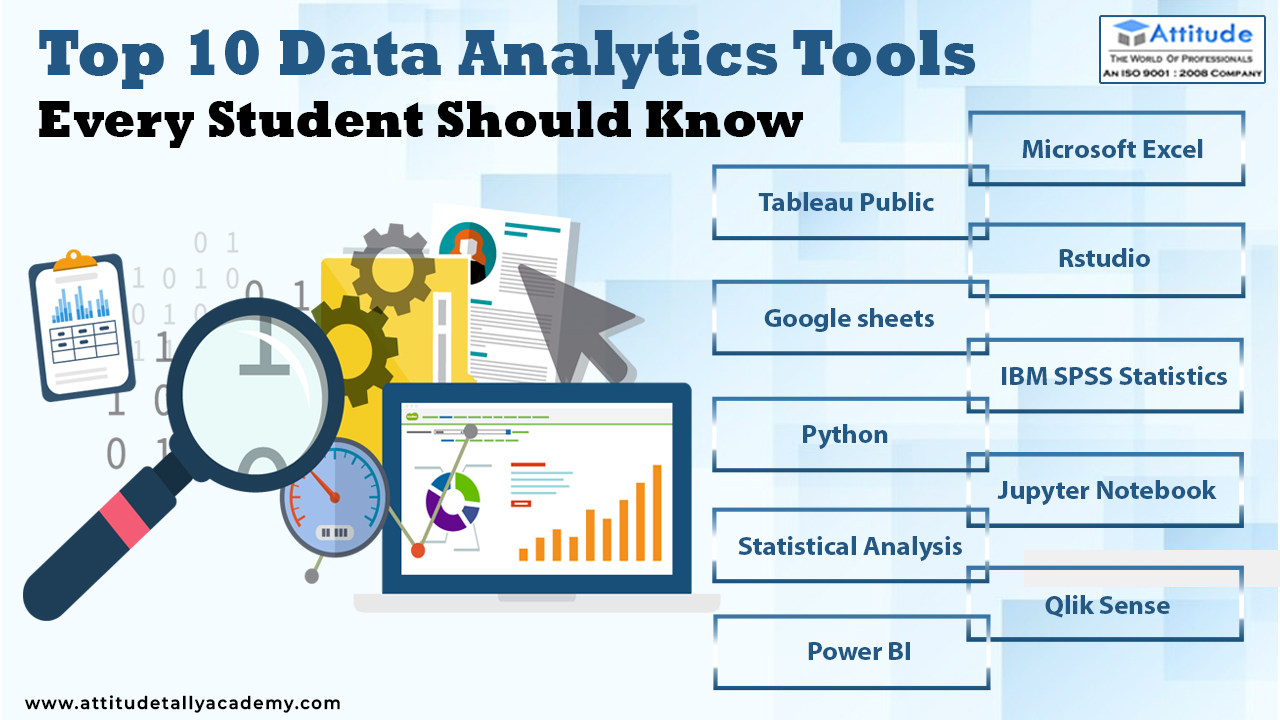Boost Performance and Success Through Information Analytics
In today's data-driven landscape, organizations are progressively identifying the essential role of information analytics in enhancing functional effectiveness and success. By methodically examining data, companies can uncover critical insights that inform calculated choices, streamline processes, and tailor consumer experiences.
Recognizing Data Analytics
In today's data-driven landscape, comprehending information analytics is vital for organizations aiming to enhance operational effectiveness and drive earnings. Data analytics involves the systematic computational analysis of information collections to reveal patterns, correlations, and understandings that inform decision-making. By utilizing numerous strategies, such as statistical evaluation, device understanding, and predictive modeling, organizations can transform raw information into actionable intelligence.
The process typically begins with data collection, where pertinent information is gathered from multiple resources, consisting of transactional data sources, client communications, and market fads. This information is after that cleaned up and arranged to make certain precision and consistency. When the information is prepared, logical tools and software are utilized to explore and picture the details, enabling stakeholders to identify trends and abnormalities.
Ultimately, understanding data analytics empowers companies to make enlightened choices based upon empirical proof instead than instinct. It promotes targeted methods that can optimize source appropriation, boost consumer satisfaction, and improve total efficiency. As services progressively acknowledge the value of data-driven insights, a strong understanding of information analytics ends up being an important proficiency for leaders and groups alike, positioning them for continual success in an affordable setting.

Secret Benefits for Services
Organizations that utilize data analytics can unlock a multitude of benefits that dramatically improve their procedures and earnings. One of the key benefits is enhanced decision-making. Data analytics provides actionable understandings derived from real-time data, enabling organizations to make educated selections that line up with market needs and customer preferences.

In addition, information analytics cultivates boosted consumer experiences. By recognizing client habits and preferences, companies can customize their offerings, resulting in enhanced fulfillment and commitment. This tailored approach often results in greater conversion rates and repeat company.
Moreover, data analytics allows companies to determine emerging patterns and chances. By remaining in advance of the curve, organizations can take advantage of on new markets and developments before their rivals.
Carrying Out Data-Driven Methods
Successful implementation of data-driven methods needs an extensive understanding of both available information and business goals sources. Organizations has to initially define their objectives plainly, ensuring placement in between data campaigns and critical goals. This clarity makes it possible for groups to concentrate on pertinent metrics and insights that drive decision-making.
Top notch data is essential for precise evaluation, as poor data can lead to misguided approaches and squandered sources - Analytics. Organizations should develop procedures for information collection, cleansing, and administration to preserve data integrity.
Moreover, promoting a data-driven society is important. Staff members in all levels must be urged to utilize information in their everyday operations. Training workshops and programs can enhance information proficiency, empowering personnel to make educated choices based on analytical insights.
Tools and Technologies Summary
A robust collection of tools and modern technologies is necessary for organizations aiming to harness the complete possibility of information analytics. These devices promote the collection, handling, and visualization of information, enabling companies to derive actionable understandings.
At the foundational level, information administration systems such as SQL databases and NoSQL systems offer efficient data storage and access capacities. For information pop over here handling and analysis, programming languages like Python and R, along with frameworks such as Apache Flicker, make it possible for complex estimations and equipment understanding applications.
Visualization tools, including Tableau and Power BI, transform raw information right into instinctive graphical formats, making understandings accessible to stakeholders whatsoever levels. In addition, cloud-based systems like Google Cloud and AWS use scalable storage and handling options, suiting the expanding volumes of information companies come across.
For sophisticated analytics, predictive modeling and AI-driven solutions are increasingly taken on, allowing firms to forecast fads and improve decision-making procedures. Incorporating these tools into existing process is critical; organizations that efficiently take advantage of this technology can dramatically improve functional efficiency and drive success. Clicking Here Hence, buying the right tools and modern technologies is a calculated essential for any type of data-driven organization.
Case Studies of Success
Leveraging information analytics has actually led various companies to attain remarkable enhancements in effectiveness and success. One remarkable case is a large retail chain try this out that executed anticipating analytics to optimize inventory management. By analyzing historic sales data and customer patterns, the firm reduced excess inventory by 30%, bring about significant expense financial savings and enhanced money circulation.
An additional instance can be located in the production field, where a leading automotive manufacturer utilized data analytics to improve its production processes. By checking equipment efficiency in real-time, the company identified bottlenecks and ineffectiveness, causing a 20% increase in overall tools efficiency (OEE) This not just increased production rates yet also decreased downtime and upkeep costs.

These situation research studies illustrate how information analytics can drive tactical decision-making, enhance procedures, and eventually enhance both effectiveness and profitability across various fields.
Verdict
To conclude, the integration of information analytics right into company operations provides substantial opportunities for improving efficiency and productivity. By methodically analyzing data, organizations can determine ineffectiveness, enhance client experiences, and make educated choices. The adoption of predictive modeling and real-time monitoring better allows businesses to remain in advance of arising patterns and assign sources effectively. Ultimately, the critical execution of data-driven approaches cultivates continual affordable benefits and drives substantial enhancements in operational efficiency and economic results.
In today's data-driven landscape, understanding information analytics is crucial for companies intending to improve functional efficiency and drive earnings. Data analytics includes the methodical computational evaluation of information collections to discover patterns, relationships, and understandings that inform decision-making. Data analytics provides workable insights acquired from real-time information, allowing companies to make enlightened selections that straighten with market needs and consumer preferences.
Top quality data is vital for accurate analysis, as bad information can lead to misguided techniques and thrown away resources. Organizations has to develop processes for data collection, cleaning, and management to keep data integrity.